During the short Arctic field season, one rests when one can.
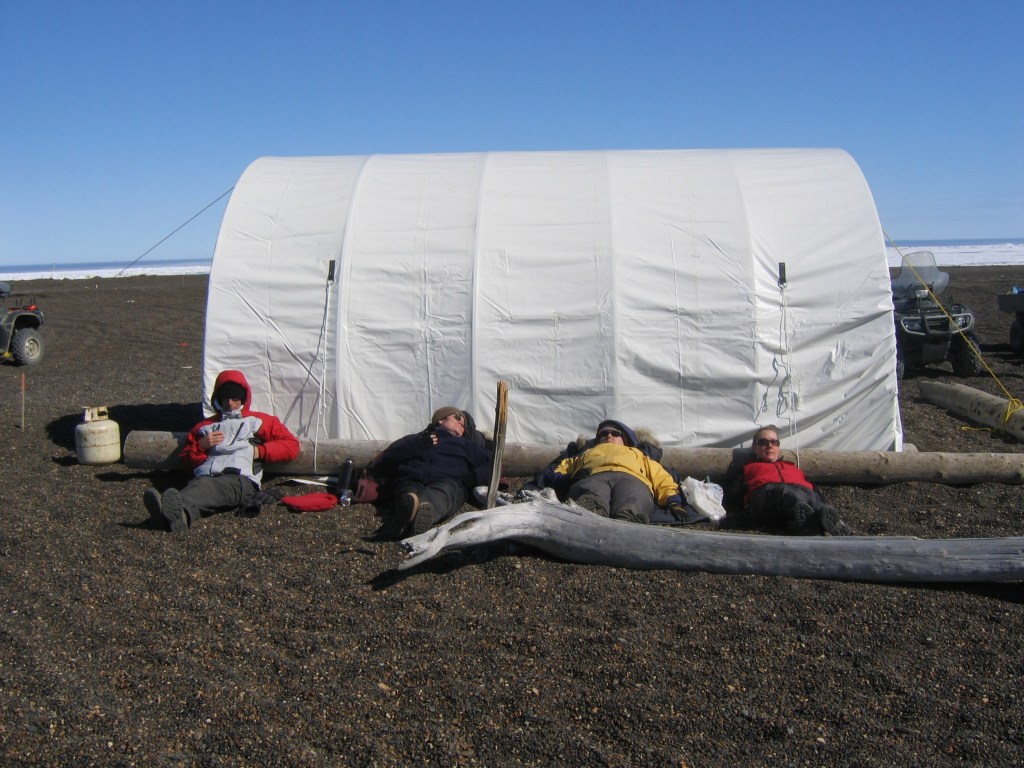
During the short Arctic field season, one rests when one can.

Place is hard, since there are several sites, so I’m going with North Slope of Alaska.
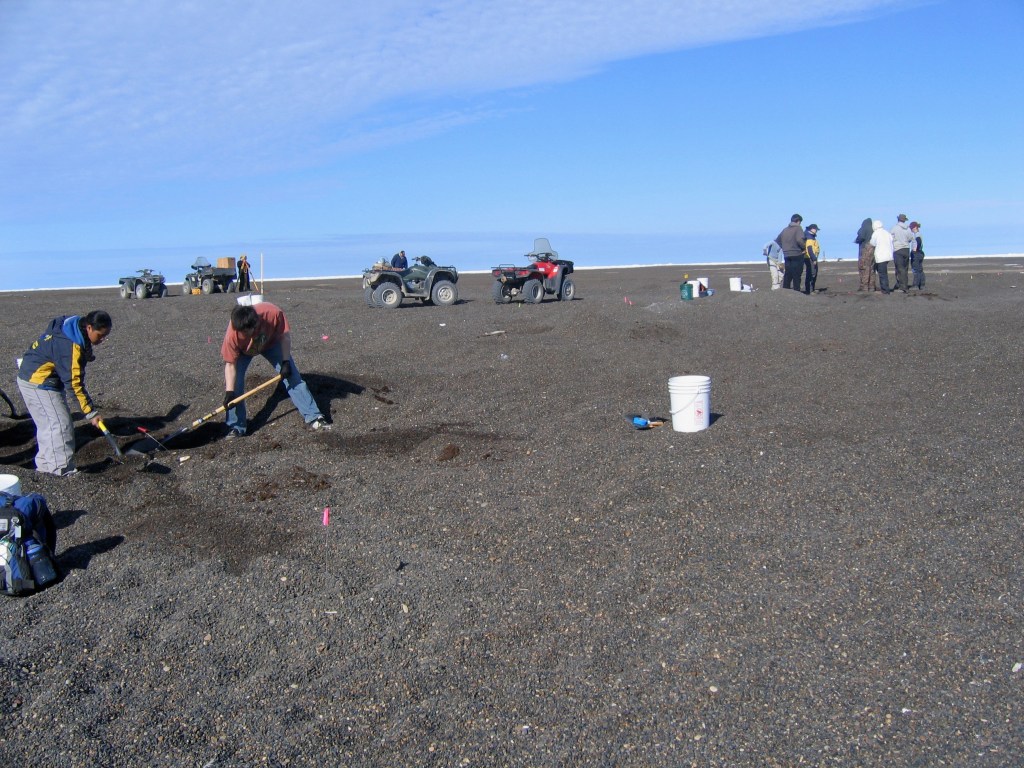
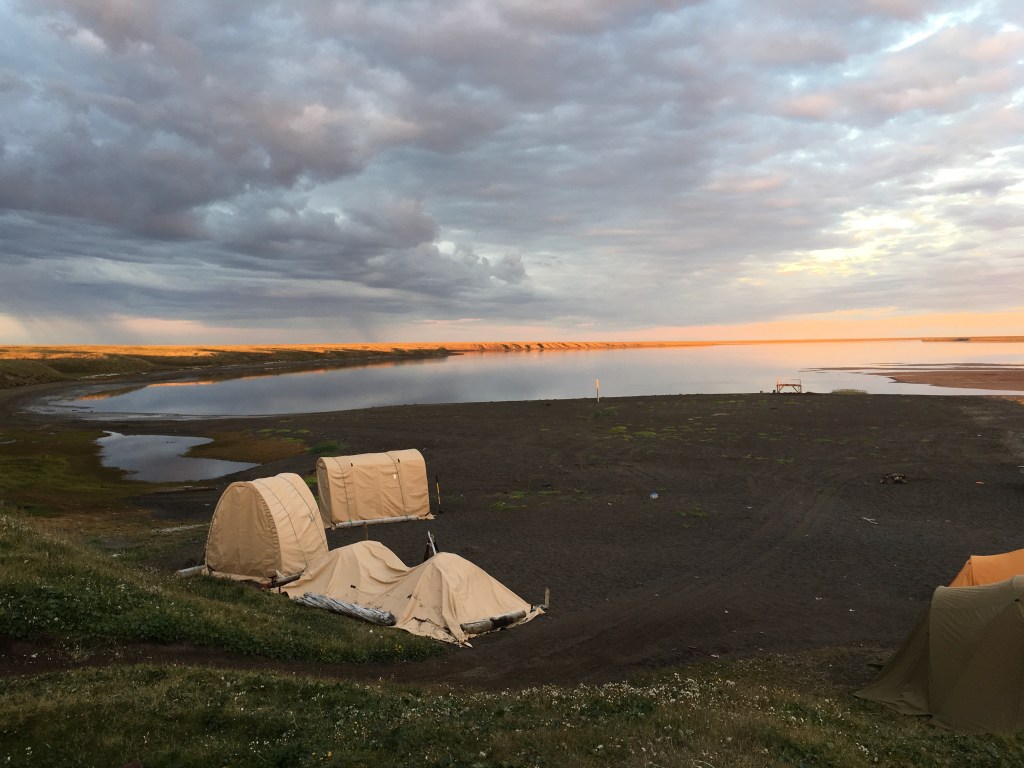
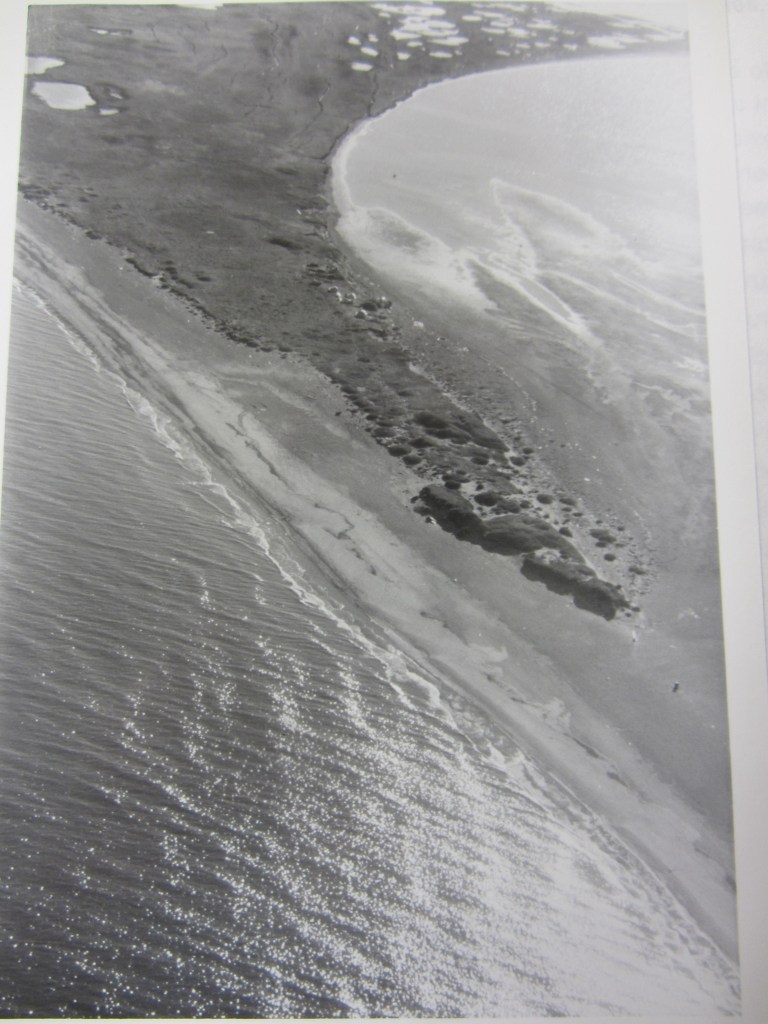
My trusty trowel, since 1997. Marshalltown 4 1/2 in.
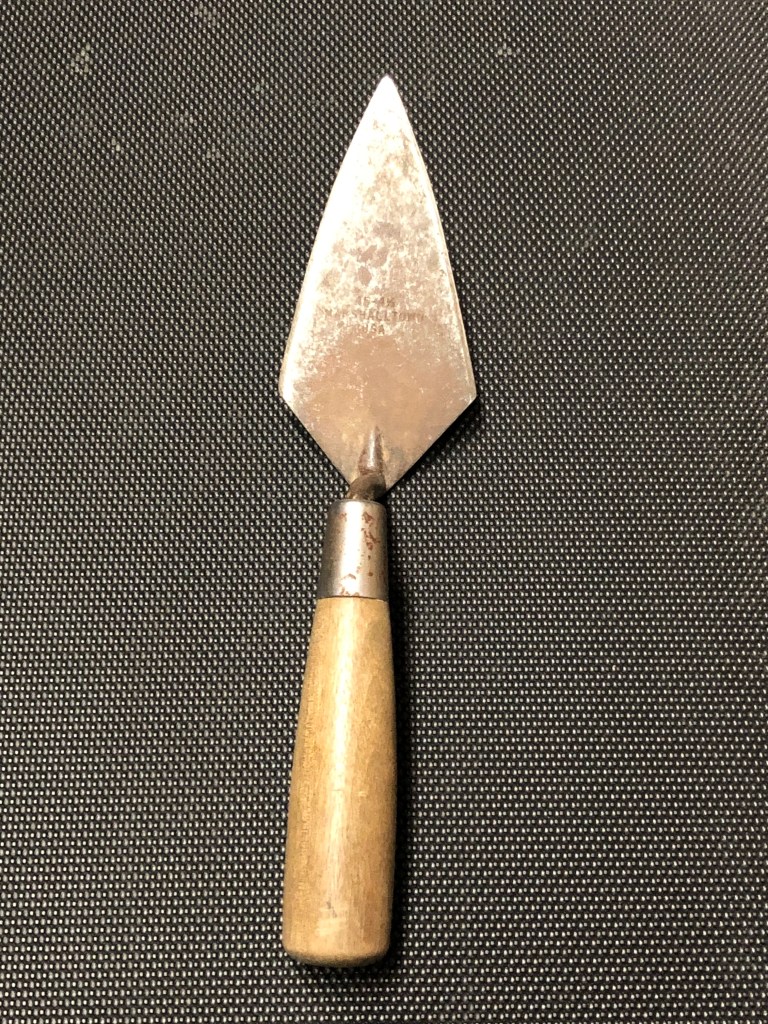

Well, I’m catching up, so this should have been posted Thursday…

I am an Arctic archaeologist/anthropologist. I have lived in Utqiaġvik (formerly Barrow), Alaska since 1996. I mostly work on Arctic Alaskan coastal sites and sustainability, and spend a lot of time dealing with erosion, although I am a zooarchaeologist at heart. I chair the SAA Committee on Climate Change Strategies and Archaeological Resources.

Do you work with some aspect of people and permafrost? There is a session on that topic at ICASS X (Arkhangelsk, June 15-20, 2020). The deadline for abstracts is extended to January 20, 2020!
The session is called “People and Permafrost in a Changing Arctic.” The session abstract shown on the website is a placeholder that hasn’t been updated yet. The up-to-date version is below.
Apply here (under the Abstract Submission link) : https://icass.uni.edu
People and Permafrost in a Changing Arctic
For thousands of years, permafrost has been a constant in most of the Arctic. Communities and lifeways have literally been built on the assumption that it would endure in perpetuity. Now, in response to recent warming trends, permafrost degradation and its numerous societal and environmental impacts are becoming widespread. Coastal bluffs eroding into the sea, roads like washboards or washed away, fill collapsing around pilings supporting public infrastructure, archaeological sites and cultural heritage thawing and rotting, and ice cellars thawing and flooding, are only some of the effects becoming commonplace across the Circumpolar North.
This session will bring together interdisciplinary research focused on changing permafrost and its impacts on people and landscapes as well as human resilience and adaptation in Arctic coastal permafrost areas. We seek to develop synergy between researchers interested in these topics and expand PerCS-Net (Permafrost Coastal Systems Network), an international network of researchers dealing with permafrost systems in transition. We welcome papers covering various aspects of these issues, from identifying new types of social and environmental disruption to monitoring to attempts at adaption. Contributions from community members and holders of Indigenous knowledge and local knowledge and researchers successfully engaging directly with Indigenous communities are particularly welcomed.
Deadline is January 20, 2020.
Apply here (under the Abstract Submission link) : https://icass.uni.edu
—

I’m taking part in a workshop on Health Security Risks from Microbial Threats in the Arctic. I’m looking for any experiences with such, particularly connected to archaeology. Also interested in any published references. Have some, trying to make a better list. Please DM or email me if you can help. I’ll be traveling Sunday & Monday.
Six days ago I opened my computer to be greeted by news of Dennis Stanford’s passing. Dennis was a giant in North American archaeology. Before he went to the Smithsonian and became famous, he was a graduate student. His dissertation was based on his excavations at none other than Walakpa, covered in one of his books.

I can’t remember when I first met Dennis, but it was in the late 1970s or early 1980s. I remember hearing about the elephant butchery experiment from folks who had been lucky enough to play a small part. As someone who was involved in Arctic archaeology, I was aware of his work at Walakpa, but never really thought about working there. When I first started working in North Alaska, I bought a copy of the Walakpa monograph, which turned out have once belonged to Chief Justice Warren Burger, of all people. It was for reference when I was writing about other sites.
Then in 2013 the Walakpa site started eroding. We started salvage work there. Based on the Walakpa volume, I was able to tie our site grid into the grid Dennis had established in the 1960s. I contacted Dennis, and he was kind enough to share copies of the field notes (still sorted by which chapter of his dissertation they related to), and was always willing to answer any questions I had that weren’t covered in the notes. We planned on getting him to come to Walakpa when we had an excavation open, but we didn’t manage that before his health problems started. We talked about it the last time I saw him in person. I’m sorry that will never happen now. I think he would have enjoyed it.
Black Friday wouldn’t seem like the ideal day to release a report as important as this, but there it is. This report is Part 2, covering Risks, Impacts and Adaptation in the US. It is based on a massive amount of scientific study, as detailed in Part 1, which was released last year.
For those who don’t have time to read it, the short version is that things are going to get really bad soon in many parts of the US if we don’t turn this car around. Fires, floods, coastal erosion & flooding and declining property values along the coast, climate refugees, heat waves that kill people, infrastructure collapse, agricultural failures with decreasing food security and increasing food prices, and so on. And the knock-on effects of all that will impact places and industries that maybe aren’t feeling direct effects, so the economy will shrink. Not a pretty picture.
It won’t be just Arctic peoples’ cultural heritage and valuable scientific information that gets lost. It will be public infrastructure and homes and food sources and drinking water. The problems that we are seeing here in North Alaska now will most likely be coming to a place near you soon if enough isn’t done to change things. This really isn’t the sort of thing to be gambling on.
The way it is set up, you can download executive summaries of the whole thing and of each chapter, but not the whole report or whole chapters. They have to be read online. Not much thought given to folks who live in rural communities with low bandwidth and/or super expensive internet ($299/month for 5Mb/sec and a 100GB data cap anyone). If it could be downloaded, costs and the downloaded documents could be shared.